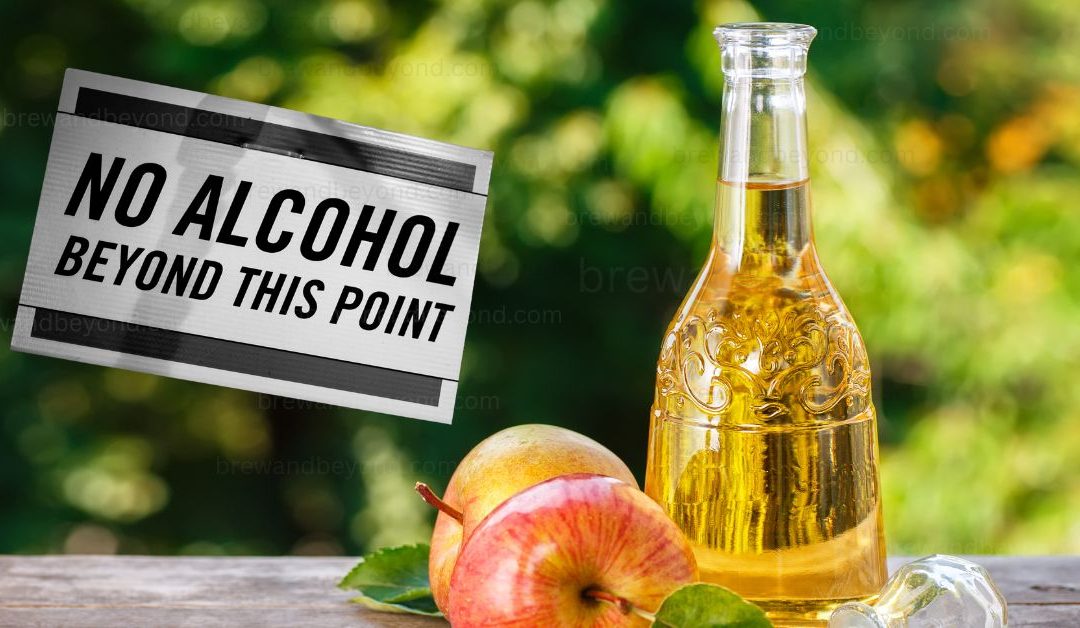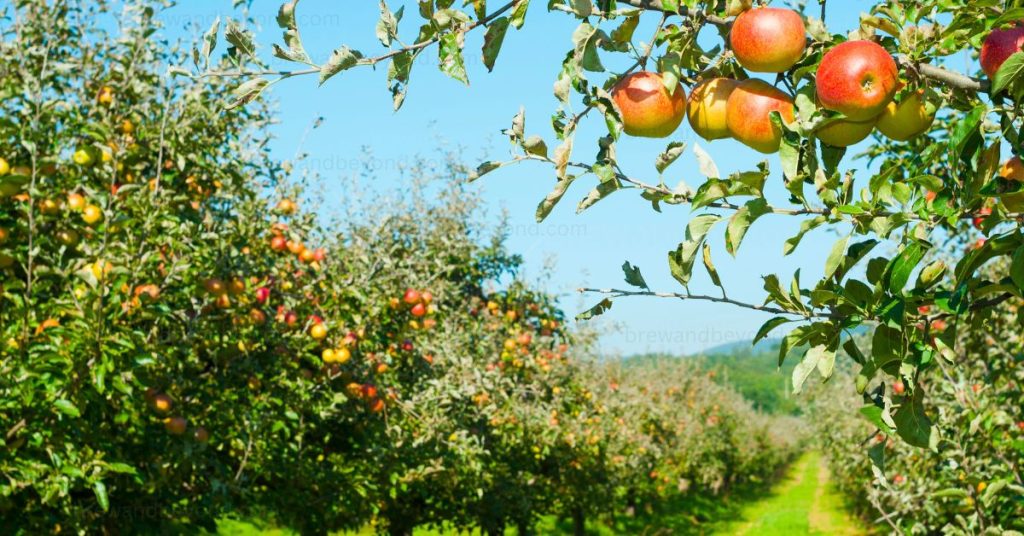Welcome to an exploration of the fascinating history of cider in America and the profound impact that Prohibition had on this beloved beverage. Cider has always held a special place in American culture, but its trajectory took an unexpected turn during the era of Prohibition. During this time, the Temperance Movement gained momentum and eventually led to the nationwide ban on the production, sale, and consumption of alcoholic beverages from 1920 to 1933. While Prohibition aimed to eradicate the consumption of hard liquors, it inadvertently dealt a devastating blow to the cider industry, forever altering the landscape of cider production in America.
The History of Cider in America
Before we delve into the effects of Prohibition, let’s briefly explore the rich history of cider in America. Cider has a long-standing tradition that dates back to the early European settlers who brought their cidermaking expertise across the Atlantic. The apple orchards that sprouted across the country quickly became a vital part of American agriculture, with cider becoming a staple beverage for many colonists. In fact, during the colonial period, cider was often consumed more readily than water due to the lack of sanitary drinking sources.
The Temperance Movement and Prohibition
While Prohibition had a significant impact on the cider industry, it is important to understand that the decline of cider began well before the 18th Amendment was enacted. The Temperance Movement, which gained traction in the early 19th century, played a crucial role in shaping public perception against alcohol. Initially advocating for moderation, the movement’s stance hardened over time, increasingly categorizing cider—which had been seen as a wholesome, everyday beverage—as a gateway to more deleterious alcoholic indulgences. This shift significantly affected the cider industry, as public support for cider waned in favor of a more stringent approach to all forms of alcohol.
Economic Impact on Cider Orchards
The economic implications of Prohibition on cider orchards were profound. Many orchards that had thrived on producing varieties specifically for cider had to pivot towards growing sweeter, eating apple varieties, or facing economic ruin. This shift not only changed the landscape of American apple orchards but also led to a decline in the biodiversity of apple varieties. The focus on apples more suitable for consumption rather than fermentation led to the loss of numerous traditional cider apple varieties, a loss felt in the genetic diversity and cultural heritage of American orchards.
Legality of Cider During Prohibition
Contrary to popular belief, cider was not uniformly banned during Prohibition. The Volstead Act, which enforced the 18th Amendment, initially prohibited the manufacture and sale of all alcoholic beverages, including cider. However, subsequent legal amendments granted exceptions for cider made at home for personal use. Households were allowed to produce up to 200 gallons of cider per year, which kept the tradition alive in a domestic capacity. This legal adjustment highlights the nuanced approach to cider during Prohibition, where it was not so much eradicated as it was relegated to a more private sphere of American life.
Increase in Bootleg Cider Production
The outlawing of alcohol during Prohibition led to the rise of a clandestine industry – bootlegging. While illicit liquor production primarily focused on spirits such as whiskey and rum, cider was not immune to this illegal trade. Enterprising individuals found ways to produce and distribute bootleg cider to meet the demand of those who still craved their favorite beverage. This underground trade created a dangerous and unregulated market, often leading to the production of subpar and potentially dangerous cider.
Decline of Traditional Cider Orchards
With the ban on the commercial production of cider, many traditional cider orchards faced an uncertain future. The closure of cider mills and the decline in demand for cider apples dealt a significant blow to these orchards. Dedicated cider apple varieties were gradually replaced by sweeter dessert apples, no longer necessary for the production of cider. As orchard owners struggled to make ends meet, the distinctive landscapes of cider orchards began to disappear, leaving behind a void in American agriculture and culture.
Myth of Orchard Destruction
The narrative of rampant orchard destruction as a direct consequence of Prohibition is largely a myth. While there are accounts of temperance zealots cutting down apple trees in symbolic acts against alcohol, these were not widespread events mandated by law. Historical records suggest that such actions were isolated incidents rather than a nationwide policy enforced during Prohibition. Acknowledging this helps correct the exaggerated tales of orchard destruction and focuses on the real economic and cultural shifts that influenced the cider industry’s decline during the temperance era and Prohibition.
Cider as an Alternative Alcoholic Beverage
Despite the challenges faced during Prohibition, cider did not completely vanish from American glasses. With the ban on alcohol consumption, cider emerged as a popular alternative to traditional liquors. People turned to cider as a legal source of alcohol, as its production and consumption were exempted from the prohibition laws due to its lower alcohol content. This newfound status as a “legal vice” allowed cider to maintain a presence in American households and kept the cidermaking tradition alive, albeit in a different context.
Legacy of Prohibition on Cider Production
While Prohibition lasted for a relatively short period, its impact on cider production was long-lasting. The closure of cider orchards and the adaptation of operations forced many cidermakers to abandon their craft permanently. The knowledge and skills passed down through generations were lost, as cidermaking became a distant memory for many American families. The legacy of Prohibition served as a stark reminder of the fragility of cultural traditions and the profound impact legislation can have on an industry.
Cider’s Recent Revival
Fortunately, in recent years, there has been a resurgence of interest in cider, leading to a revival of this lost American tradition. Craft cideries have emerged across the country, reclaiming the art of cidermaking and reintroducing it to a new generation of cider enthusiasts. These modern cider producers are dedicated to preserving the authenticity and heritage of traditional cider, while also exploring innovative and experimental techniques. With an emphasis on quality and craftsmanship, this revival serves as a testament to the resilience of cider and its enduring place in American culture.
Conclusion
Prohibition may have dealt a severe blow to the cider industry, but it failed to completely erase the tradition and love for this beloved beverage. The remnants of Prohibition’s impact can still be seen today in the dwindling number of traditional cider orchards and the lost knowledge of generations past. However, the recent resurgence of cider is a testament to its enduring appeal and the durability of cultural traditions. As we raise a glass of cider, let us remember and celebrate the lost American tradition that was nearly erased by Prohibition, and savor the revival that has brought it back into our lives.
© 2024 by brewandbeyond.com. All rights reserved. No part of this document may be reproduced or transmitted in any form or by any means, electronic, mechanical, photocopying, recording, or otherwise, without prior written permission of brewandbeyond.com.





